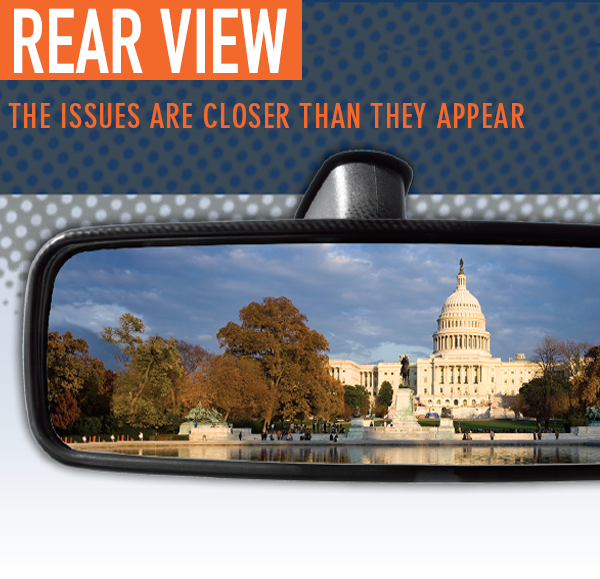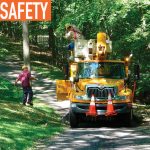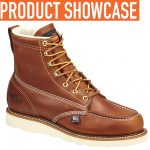At The Work Truck Show held in Indianapolis earlier this month, Cincinnati, Inc. (CI) featured a 3D-printed replica of a Shelby Cobra using its BAAM (big area additive manufacturing) machine—an industrial-size additive machine, using proven design and technology on a laser platform designed to allow 3D printing for production manufacturing. Large parts can be made in a matter of hours using thermoplastics, thereby keeping the cost per part down. What does this mean for fleet owners? Could this be the technology that cuts the cost of fleet maintenance?

I remember my first 3D movie and the bulky glasses that had to be worn to see the action. Technology sure has advanced since, with 3D flat screen TVs and small-scale 3D printers. Now, there are large-scale 3D printers capable of producing parts that can be assembled into drivable vehicles.
3D TECHNOLOGY
According to Matt Garbarino, marketing manager with CI, several industries have embraced 3D technology as the future of manufacturing. “BAAM offers large-scale 3D printing (print sizes up to 20 ft x 8 ft x 6 ft) at a low material cost ($5/lb for ABS carbon fiber resin) and can essentially serve any industry. We are currently seeing machine sales for automotive and aerospace applications, including prototyping, production part making, and mold making. After exhibiting at The Work Truck Show, we see interest in the OEM’s for 3D printing parts and assemblies, as well as prototype work. For companies that serve the work truck industry, using a BAAM machine to do small lot sizes, custom parts and assemblies, and replacement parts creates a niche not currently filled, with OEMs as the target customer.”
For fleet owners, it’s the reduced cost of maintenance with OEM-supplied 3D replacement parts that truly benefits the bottom line.

TYPES OF MATERIAL
In addition to having the capabilities to print large-scale, there has to also be an understanding of what materials can be used for what applications. “The current BAAM machine extrudes thermoplastics (up to 100 lbs/hour) vs metals,” notes Garbarino. “Most work truck applications involve metal fabrication, which happens to be the main business of CI—manufacture of metal fabrication machines such as lasers, press brakes, and shears. For metal fabrication applications, an analysis has to be done to determine if a resin will suffice as a replacement to metal or if the design can change to accommodate that material type.”
THE FUTURE IS NOW
With the use of various resins in 3D printing that weigh less than current metals being used to manufacturer vehicle wear parts, work trucks will weigh less and use less fuel. This is another cost-saving advantage. What other benefits do you see? I welcome your thoughts: donna@mwsmag.com
Cincinnati, Inc. and the BAAM machine
www.e-ci.com
____________________________________________________________________________
ABOUT THE AUTHOR:

Donna Campbell is editor in chief of Modern WorkTruck Solutions and Modern Contractor Solutions. This monthly column will feature commentary on trending issues for work truck and transportation matters.
_______________________________________________________________________
MODERN WORKTRUCK SOLUTIONS: MARCH 2016 ISSUE
Did you enjoy this article?
Subscribe to the FREE Digital Edition of Modern WorkTruck Solutions magazine.
![]()




